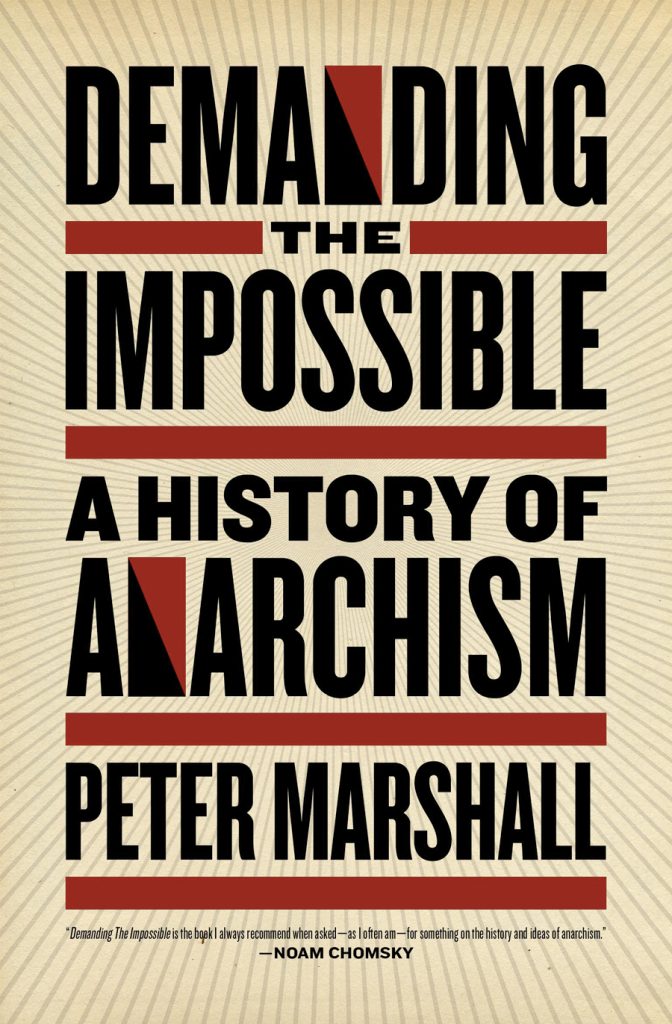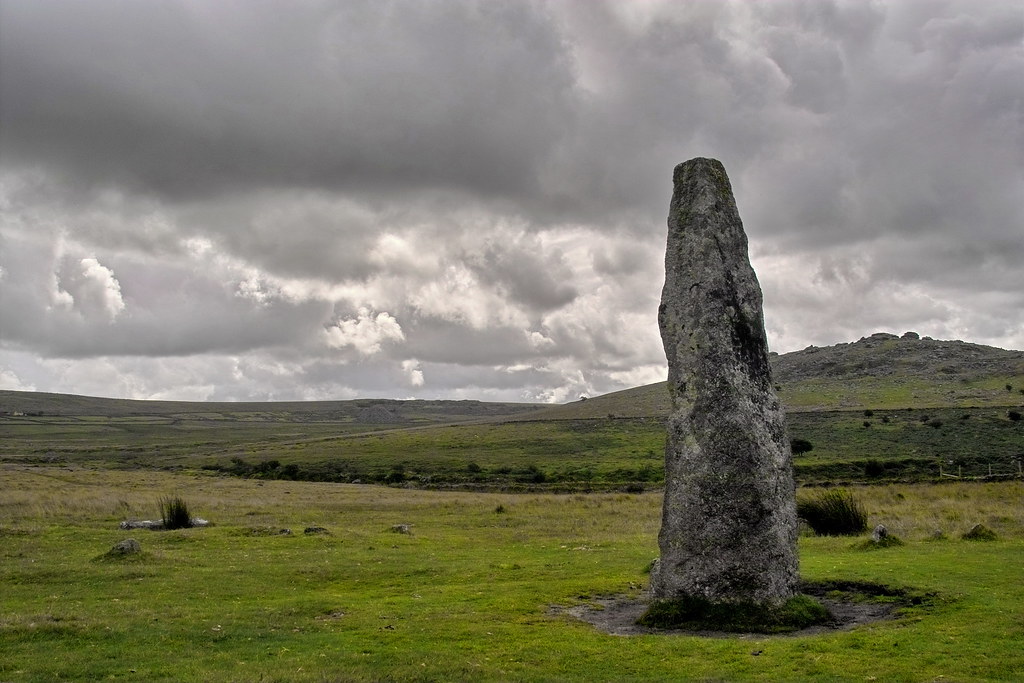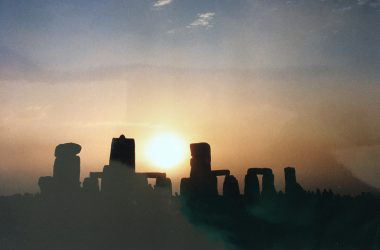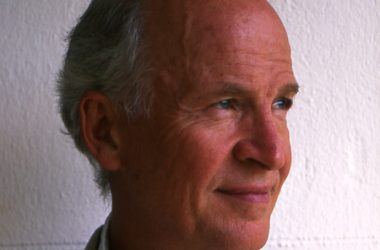By Peter Marshall
July 27th, 2020
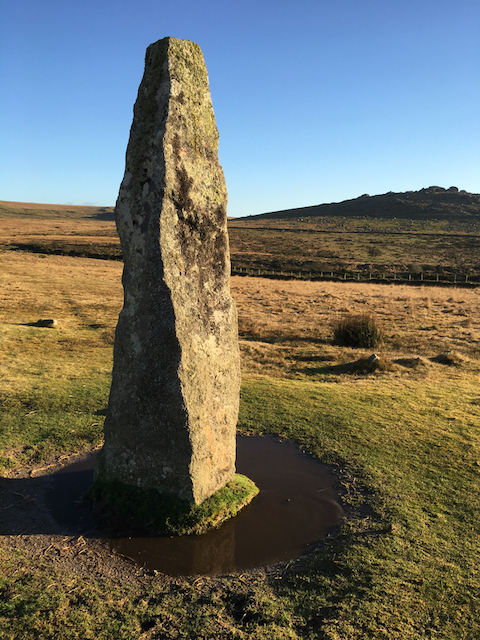
It’s time to
remember the great connection between the earth and the heaven, the
microcosm and the microcosm. ‘As above, so below’, as they say in
alchemy.
It is important as this time of year to celebrate
joyously the Midsummer by the megaliths, particularly close to any
stone circles.
One should also celebrate in the great ‘Wheel
of the Year’ the other equinoxes in the spring and autumn, and the
winter solstice, as well as the cross quarter days in between, since
they are markers of the sun’s movement throughout the year, of the
movement of life itself on earth.
As I wrote in a book called
‘Nature’s Web’, an exploration of ecological thinking, we are not
separate from Nature but part of the whole. We should therefore
recognize that Nature has value-in-itself, not merely as a means to
our narrow human ends. We should therefore have Reverence for Nature,
for the land and sea and the heavens, for the place in the universe
where we live.
I have celebrated the rising of the sun at
Stonehenge in Britain on the Summer Solstice, when the sun is closest
to the earth in the northern hemisphere. I have regularly welcomed in
the dawn in the Summer Solstice in the megalithic complex at
Merrivale on western Dartmoor where I used to live.
This
year, I celebrated the rising of the sun by a circle on a clifftop
overlooking the sea in east Devon where I now live. The stone
circles, avenues, tombs, dolmens and menhirs (standing stones) in
Britain and elsewhere in Europe are usually said to belong to the
Neolithic (the New Stone Age) from about 4,500 BCE (that is before
the Common Era which was formerly known as BC, before the Birth of
Christ) and the Bronze Age (from roughly around 2,500 BCE, following
the short-lived Copper Age). The stones went up when people settled
down and practised agriculture. But they were probably in places of
special earth energy, held sacred already by hunter-gatherer peoples
in their annual migrations well before them.
I have written a
book called ‘Europe’s Last Civilization: Exploring the Mysteries of
the Megaliths’. It covers a voyage in a small yacht with my companion
from Scotland to Malta, visiting all the great megalithic sites on
the way. It is part of my hypothesis that the megaliths were built by
the sea or rivers, including Stonehenge, since water was the
principaI means of transportation at the time when inland it was
densely wooded. They were later temples in the Balearic Islands in
the Mediterranean and much earlier ones in Malta, but the same method
of building stone megaliths took place from the late Neolithic age
all down the Atlantic Seaboard and into the Mediterranean as far as
the foot of Italy.
I call deliberately the society of
megalith builders a ‘civilization’, while popularly it is often
seen as a ‘primitive’ product of the Stone Age when men and women
were dressed in furs and skins and lived in caves. Nevertheless, it
is a civilization, since during the Late Stone Age and the Early
Bronze Age many great stone monuments were raised to the sky by
members of a society who showed a deep understanding of the movement
of the planets and stars, had a complex religion and a rich social
life. It was far from ‘primitive’ as is usually understood;
instead, I would argue it was highly civilized.
The root of
the word ‘civilized’ comes from the ancient Greek ‘civis’, of
the city, but clearly many of these monuments were constructed by
people living in villages who worked together, shared their wealth
and had sufficient leisure time to build such wonderful and magical
structures.
Above all, for me it was a great
civilization of peace. The monuments were not defended which implies
there was no need to since there was no war amongst different groups.
As I have said, the megaliths went up when people settled
down to agriculture in about 4,500 BCE in northwest Europe but much
earlier in the so-called ‘Fertile Crescent’ in the Middle East. I
have personally visited Çatalhöyük near the south coast in Turkey,
dating from about 7,000 BCE, which reveals the remains of a large
settled town.
I have also been to the even more intriguing
monument of Göbekli Tepe in eastern Turkey close to the Syrian
border. Its stone temple dates from about 9,000 BCE and has realistic
carvings and reliefs of local animals as well as being orientated
towards the heavens. It may have been made by settled people or even
hunter-gatherers who met there on their annual migrations. In other
words, the stones are very ancient and show a profound awareness of
our place in the universe and the need to revere Nature as a whole.
Indeed, it may well be that the hunter-gatherers had the
greatest ‘civilization’, as some so-called ‘primitivists’ have
argued, as they had robust health, practiced no war between
themselves, and lived in comparative equality. In many ways, they are
a model to us, living in a condition of peaceful, mutual aid,
egalitarian anarchy, without coercive laws, state and government.
Even so, I would argue that the Neolithic period of
monumental building in stone when people were practicing agriculture
was at first the greatest ‘golden age’ as there seemed to be
little hierarchy and domination, with communal property and graves,
as well as lasting peace. The French writer Jean-Jacques Rousseau was
only partly right when he said ‘It was iron and corn which first
civilized men and ruined humanity.’
History changed during
the Bronze Age from about 2,500 BCE in Europe, and during the Iron
Age from about 800 BCE which followed, when priests and chiefs
emerged with classes, hierarchy and private property. We can see then
individual burials rather than communal ones. They had rich grave
goods which imply the importance given to special individuals.
Many
of the stone circles were later called ‘Druid circles’.
The
Druids are normally seen as priests of the Celts who may have come to
these islands from central Europe from around 800 BCE in the Iron
Age. According to the Roman and Greek sources, the Druids wrote
nothing down and relied on memory to teach their doctrines, but they
apparently believed in the transmigration of souls or reincarnation
very much like contemporary Hindus, Jains and Buddhists.
According
to Julius Caesar, after the Roman invasion of Britain, the Druid
priests formed a separate group in society as political advisers,
healers and arbitrators between warring Celtic tribes. Their rites
and observances often took place in oak groves and in liminal places
near water.
Julius Caesar said they practiced animal and
human sacrifices, but this description could be the attempt of
conquering Romans to deem them ‘barbarians’ in order to impose
their rule, very much like Europeans did in the 17th, 18th and 19th
centuries to peoples they encountered who did not have the same
advanced technology and efficient weapons.
The Celts were
certainly very warlike and fought among themselves. They may have
been invaders in Britain or just had a very strong cultural influence
or both. You can see that especially in their art with its interlaced
designs.
I lived in North Wales with my family for 21 years,
first in a remote cottage in the mountains then by the Irish Sea. It
was in the county of Gwynedd, the heartland of Welsh speaking
communities. My children are fluent in Welsh and I speak some of the
ancient language. Many of my Welsh neighbours and friends called
themselves Celts as opposed to the Anglo-Saxon English who conquered
them and tried to make them speak English. I am also about a third
Irish (I had an Irish grandmother on my father’s side) and have
sailed around Ireland, written up in a book called ‘Celtic Gold’, so
am steeped in Celtic culture and traditions.
I understand
that modern Druids are mainly concerned with peace and healing and
the reconciliation of warring parties. They take up ancient wisdom
and stand in the Bardic tradition and particularly celebrate poetry,
story-telling, song and dance. Like the followers of Wicca and the
Earth Goddess, witches and neo-Pagans, they wish to follow a
spiritual path keeping in close touch with the living Earth and
Nature.
I am not a Druid myself. But I’m sure the Celts and
Druids took up many aspects of the ancient religion of the megalith
builders and took over many of their stone circles for their worship
and celebrations. I myself share a similar world view to the ancient
megalith builders who lived in peace and co-operation and who seem to
have believed in a form of pantheism, that is to say, that God is
imminent in nature, or as Spinoza would call it later, God is Nature.
As the Chinese Taoists say, the Tao is to be found
everywhere, ever-present in Nature. The Tao cannot be defined but
only felt and understood. The modern equivalent is probably the
concept of Gaia which I espouse as well as the Tao.
Peter Marshall is a philosopher, historian, biographer, travel writer and poet. He has written eighteen highly acclaimed books which are being translated into fourteen different languages. His circumnavigation of Africa was made into a 6-part TV series and his voyage around Ireland into a BBC Radio series. He has written articles and reviews for many national newspapers and journals.
